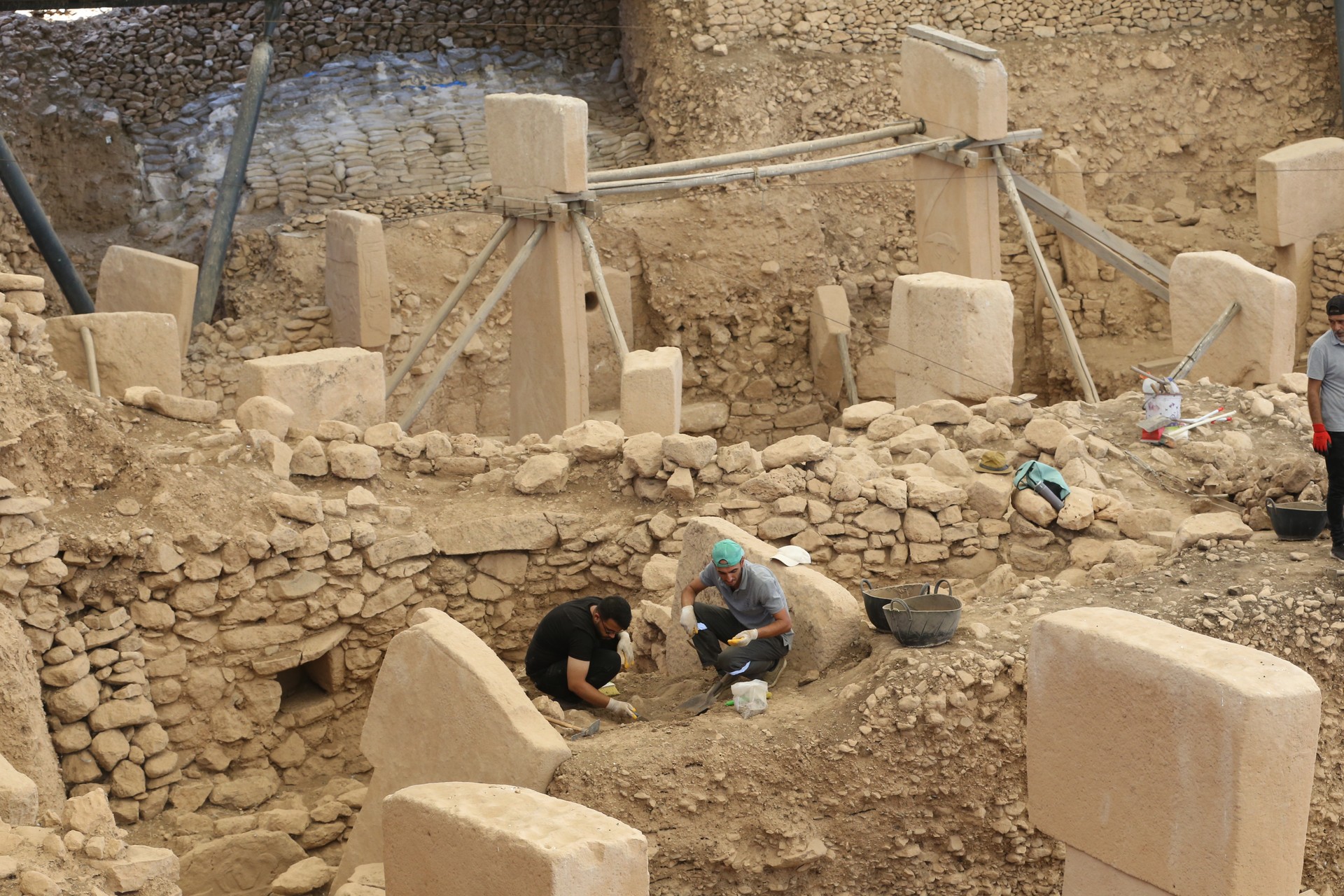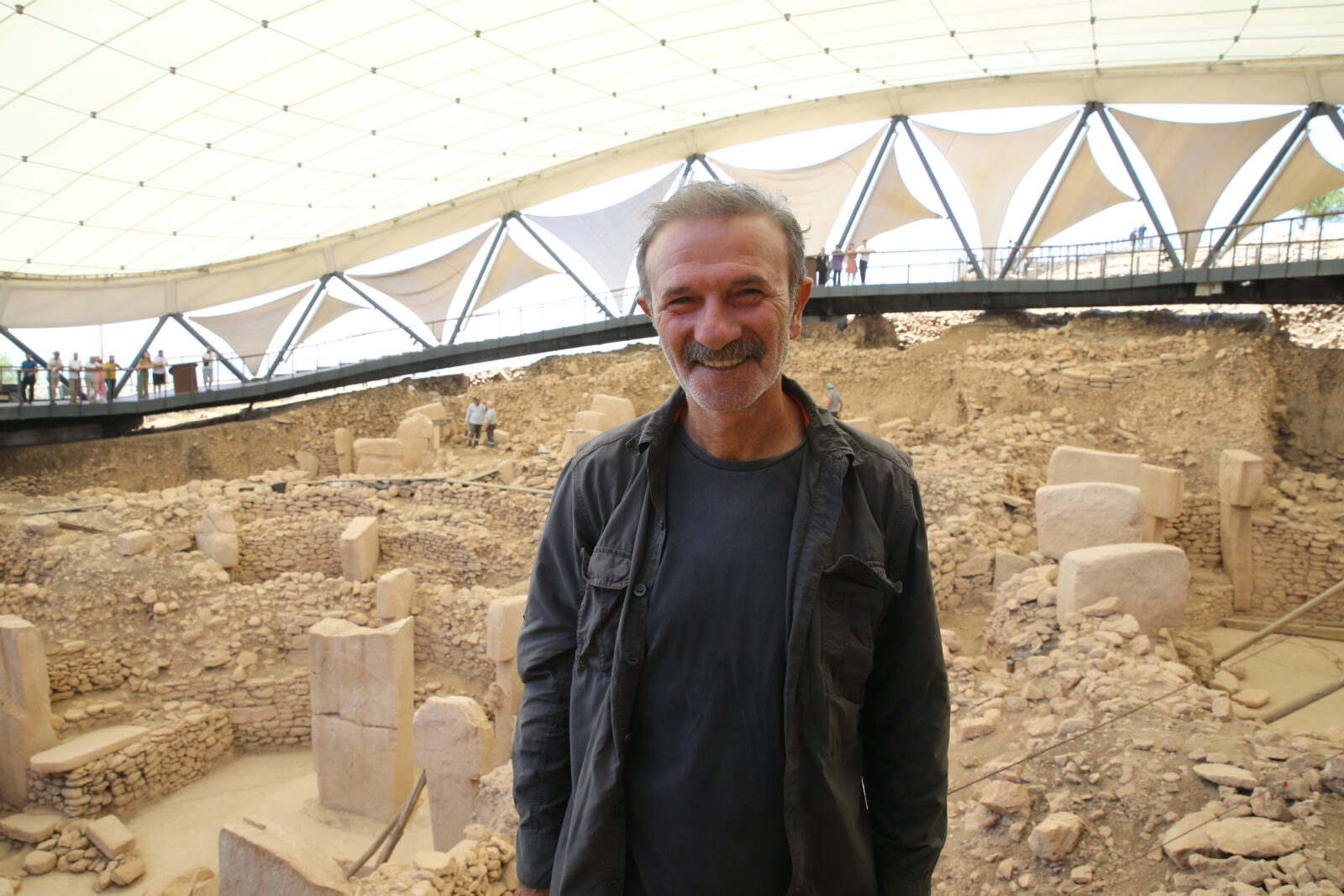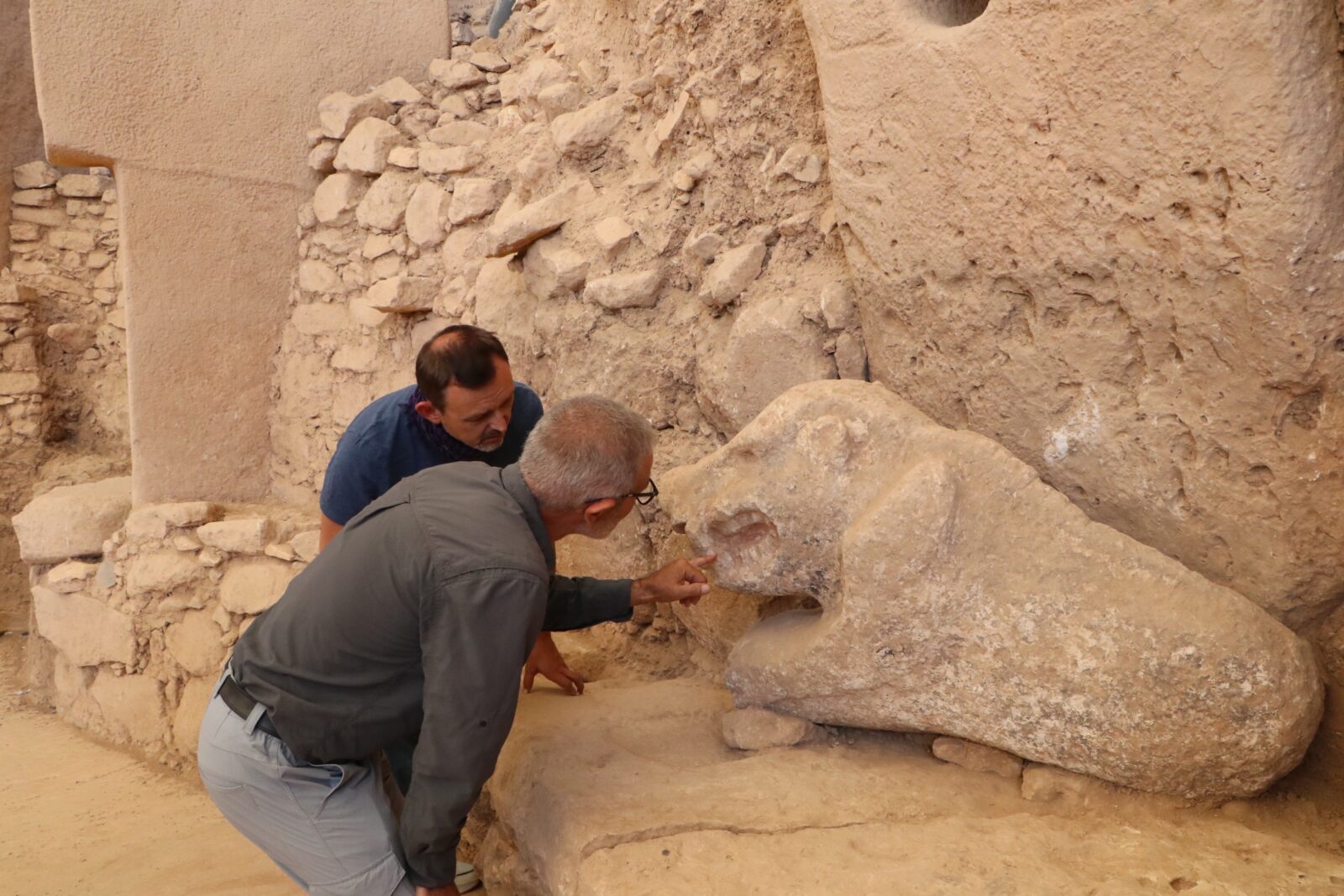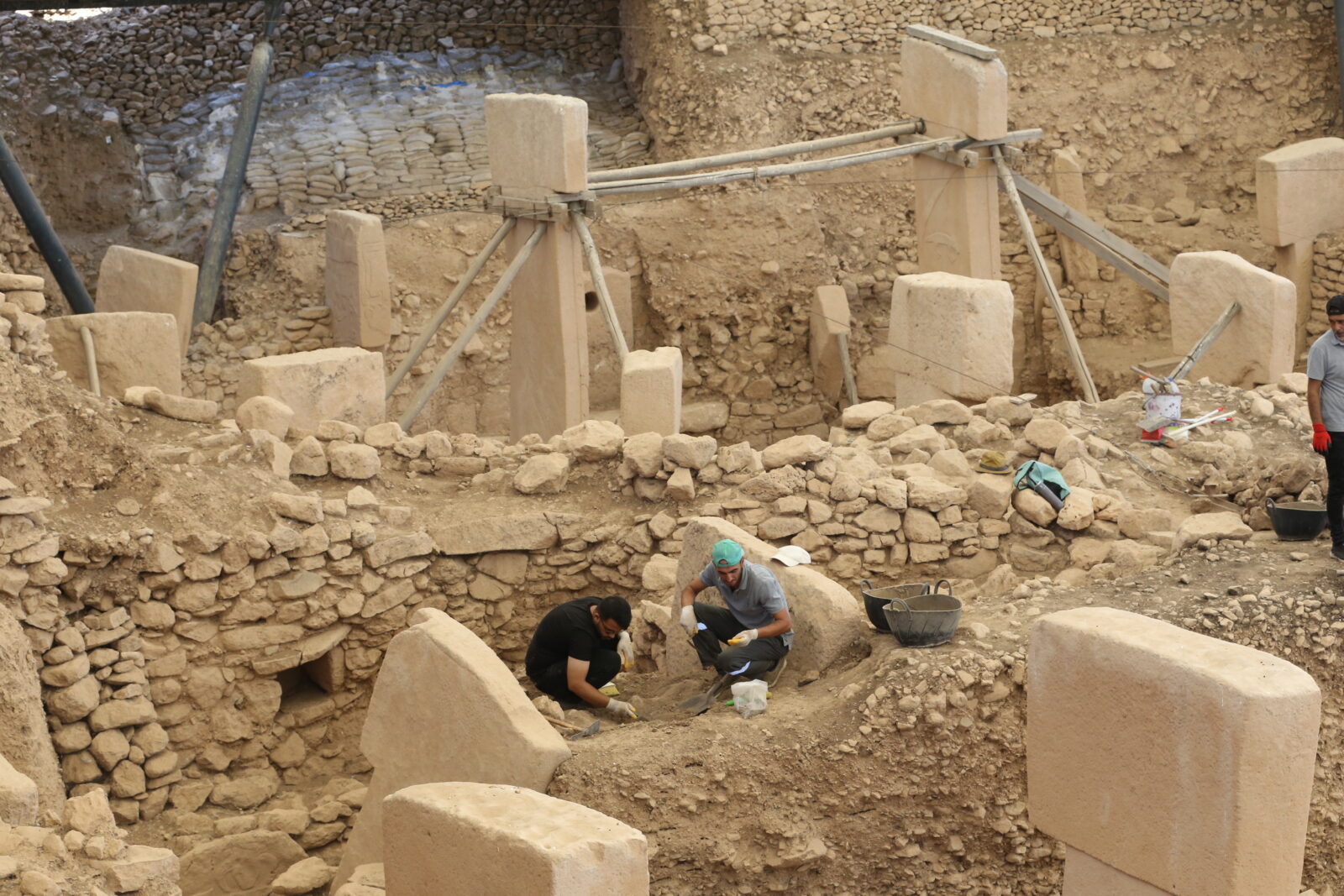
Archaeological findings at Gobeklitepe, a UNESCO World Heritage Site in Sanliurfa, Türkiye, are fundamentally altering our understanding of prehistoric societies. According to professor Necmi Karul, head of the Gobeklitepe excavation, the site challenges the long-held perception that ancient communities were primitive and underdeveloped.
"We understand that places like Gobeklitepe have profoundly changed the notion that past societies were simple and rudimentary," he stated.

Many educational materials depict people living 12,000 years ago as struggling for survival, confined to caves, and facing numerous challenges. According to Anadolu Agency, professor Karul emphasizes that Gobeklitepe disproves this narrative, revealing that these ancient individuals were highly skilled and accomplished in various domains, including technology and architecture.
"We can confidently say that Gobeklitepe demonstrates how advanced the skills and achievements of people 12,000 years ago truly were," he remarked.
Recent excavations indicate that Gobeklitepe and similar sites show that the origins of settled life were not solely due to agriculture and animal husbandry. Instead, these practices emerged as a consequence of established communities.
Professor Karul pointed out that the findings suggest that the development of agriculture and domestication occurred after communities had already settled.
"Gobeklitepe is among the foremost locations that reveal settled life was a result of social organization rather than just agricultural needs," he noted.

Since 1995, excavation work has been underway at Gobeklitepe, which showcases monumental structures from the Neolithic era. During the excavations, archaeologists uncovered layers of habitation dating back to between 9600 and 8200 B.C., illustrating a period of approximately 1,500 years.
The discovery of monumental structures with public functions has greatly impacted the archaeological community, revealing that these sites were not merely ceremonial but served as vital centers for social interaction and belief systems.
Professor Karul explained that the structures at Gobeklitepe were not just places of worship but also locations where people lived and interacted.
"The presence of public structures alongside residential areas indicates that Gobeklitepe was utilized as a settlement where people gathered for communal beliefs and activities," he stated.
The research extending to surrounding areas, such as the Harran Plain, has further corroborated these findings. The existence of public buildings and residences in these contemporary settlements underscores the sophisticated social organization of the time.

Gobeklitepe's significance lies in its ability to reshape our understanding of ancient civilizations. Professor Karul emphasized that this site showcases how misconceptions about prehistoric societies can mislead modern perceptions.
"Gobeklitepe reveals that the communities that existed 12,000 years ago were capable of creating monumental architectures and establishing complex social structures," he affirmed.
This new perspective highlights that ancient individuals possessed artistic skills, storytelling capabilities, and advanced architectural knowledge, dispelling the notion that they were inferior to contemporary societies.
Gobeklitepe is a crucial site for reexamining historical narratives. As professor Karul articulated, the findings challenge the traditional belief that agriculture and animal husbandry were the primary catalysts for settled life. "This site, along with others like it, is at the forefront of correcting significant misconceptions in historical writing," he concluded.
The ongoing excavations at Gobeklitepe not only draw global attention but also serve as a powerful reminder of the complexities of human history, urging us to reevaluate our understanding of the past.